The Wool Journey Part 1: what is wool?
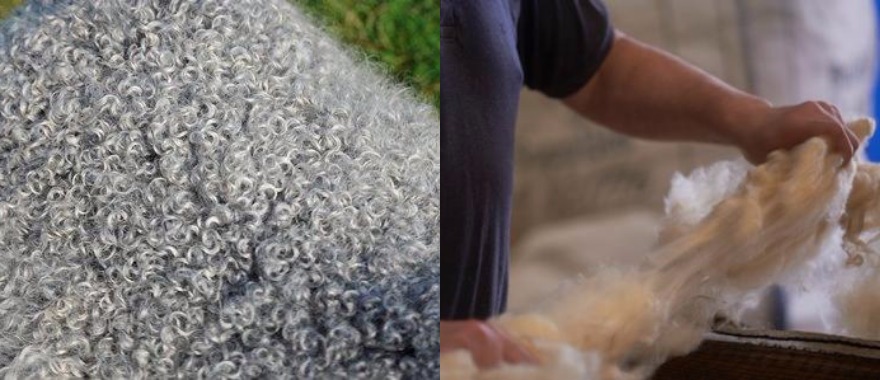
In the first of a series of guest blog posts from Sue Blacker and colleagues at The Natural Fibre Company, we invite you to embark upon The Wool Journey, exploring the what, how and why of all things wool. It’s must-read for any sheep-keeping smallholders, spinners, dyers, knitters and felters out there.
Most of us know wool comes from sheep, and perhaps we think it is always white and all the same: this series of articles may make you think again! The structure of wool is complex. These illustrations come from the Australian wool information site. For those interested, there are many more books and illustrations, which show the structure of hairs and how they grow from the skin.
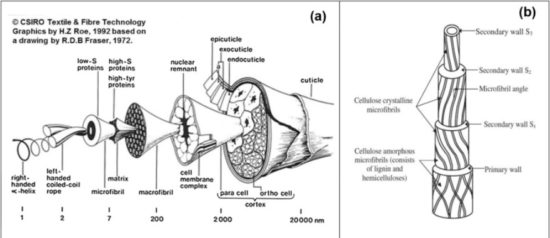
Generally, wool is from sheep and other animals produce hair – however this is mainly a terminological difference: all of the wool and hair-producing animals produce a keratin fibre, which has various attributes and is virtually identical in chemical terms to the hair of humans. Hairs tend to shed while some wool grows till shorn and some sheds, and generally hairs have a thicker central core (medulla) than wools, so they are more like tubes.
In addition, the New Zealand government website on science learning has a short video and description of wool which you can find here.
The central core of the wool hair has a left-handed twist of fibres and a right-handed central helix. The combination of these two central threads and their relationship gives the wool its particular ability to stretch and recover its original shape and varies between different wool types and breeds, which are also significantly characterised by the format of the outer scaly surface. For processing purposes, we are interested in the variations of these characteristics of the wool and hairs, in terms of the types of animals from which they come and what this does to determine the properties of an eventual product.
The structure of the fibres on different animals varies considerably.
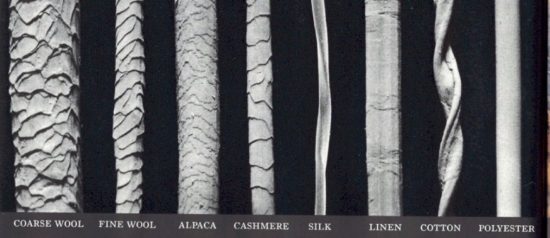
Wool will spin and felt because each hair has scales on it and it is the linking together of these scales that permits the fibres to be spun into yarns or, under stronger pressure and agitation, causes wool to felt. Alpaca and mohair fibres also have scales, but they are much smoother and more like human hair, with the result that these fibres, particularly if coarse, are harder to spin and felt.
Having been developed by the animals to live outdoors year-round and all over the world, over thousands of years, wool and hair fibres are all:
- renewable, sustainable, biodegradable
- light (compared to linen or cotton for instance)
- elastic and resilient, to varying degrees
- hygroscopic, making them water resistant, wicking, insulating (due to the hairs containing air and in the case of wool also due to warming up slightly when wet) and water absorbent according to the situation
- fire retardant
- UV blocking
- odour resistant, stain resistant, anti-bacterial and hypo allergenic.
The other key difference between wool and hairs is that the hairs are generally more dense, so the same weight of wool will take up more space than of alpaca or mohair. Generally the lustre longwools are also denser than the downland wools. This will also affect the style of yarn and fabric able to be made from different types of wools and hairs and also enables us to design yarns or fabrics suited to each particular end use. The appearance of the animal gives a clue here!
The key attributes for processing are:
- Thickness
- Length
- Crimp
- Lustre
- Consistency
- Colour
We’ll explore these attributes further in Part 2 of The Wool Journey coming soon, with thanks once again to The Natural Fibre Company. You can learn more about their important work as a spinning mill helping wool producers add value to their products via our network directory. The original series of posts can be found here on the The Natural Fibre Company & Blacker Yarns blog.
The views expressed in our blog are those of the author and not necessarily lowimpact.org's
2 Comments
-
1Saira September 10th, 2017
Thanks for an insightful article. As a knitter ,occasional weaver, macrame-maker and crafter, it’s good to know more about the yarn.
-
2Dani September 15th, 2017
Thank you, this was really interesting and I’ll share it with other natural fibre fans here in Adelaide. Cheers.




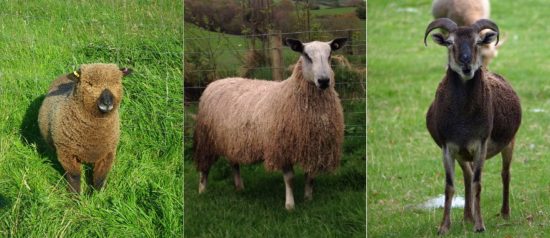
 Our partner Janet’s upcoming knitting, spinning, sewing & craft tour of Scotland by folding bicycle
Our partner Janet’s upcoming knitting, spinning, sewing & craft tour of Scotland by folding bicycle
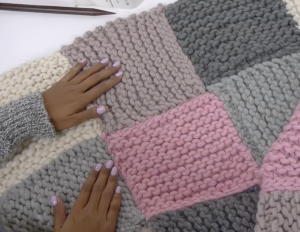 How to knit a basic blanket – step by step (including how to knit)
How to knit a basic blanket – step by step (including how to knit)
 How can we get our clothes from sustainable and non-corporate sources?
How can we get our clothes from sustainable and non-corporate sources?
 The sheep shearing season: an interview and photo story
The sheep shearing season: an interview and photo story
 The Wool Journey Part 2: wool attributes – thickness
The Wool Journey Part 2: wool attributes – thickness
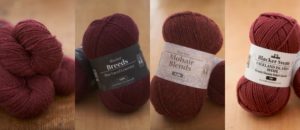 The Wool Journey Part 3: wool attributes – length, crimp and lustre
The Wool Journey Part 3: wool attributes – length, crimp and lustre
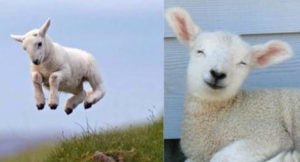 The Wool Journey Part 4: wool attributes amongst breeds, natural colour and health
The Wool Journey Part 4: wool attributes amongst breeds, natural colour and health
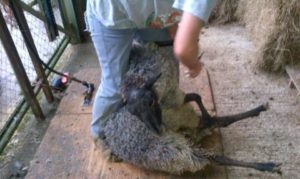 The Wool Journey Part 5: harvesting the wool
The Wool Journey Part 5: harvesting the wool
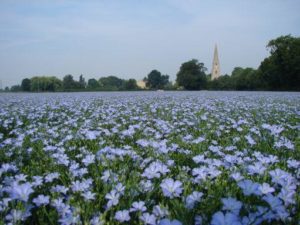 The linen journey: locally-grown flax to yarn
The linen journey: locally-grown flax to yarn
 The Wool Journey Part 6: grading, sorting and storing of fleeces following shearing
The Wool Journey Part 6: grading, sorting and storing of fleeces following shearing
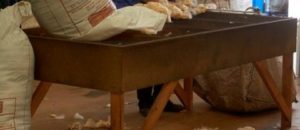 The Wool Journey Part 7: uses of different fibre types
The Wool Journey Part 7: uses of different fibre types
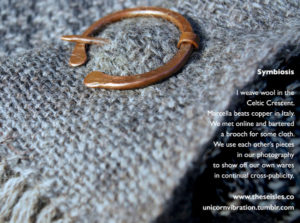 Who can afford artisan goods? For truly green businesses, we have to kick the money habit
Who can afford artisan goods? For truly green businesses, we have to kick the money habit
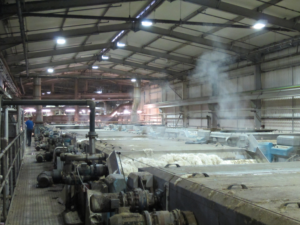 The Wool Journey Part 8: wool scouring and drying
The Wool Journey Part 8: wool scouring and drying
 The Wool Journey Part 9: the first stages of preparing to spin
The Wool Journey Part 9: the first stages of preparing to spin
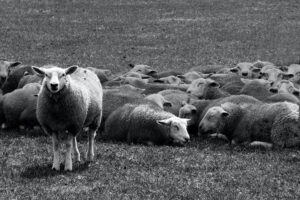 A woeful year for wool in 2020 – and how you can support your local producers
A woeful year for wool in 2020 – and how you can support your local producers
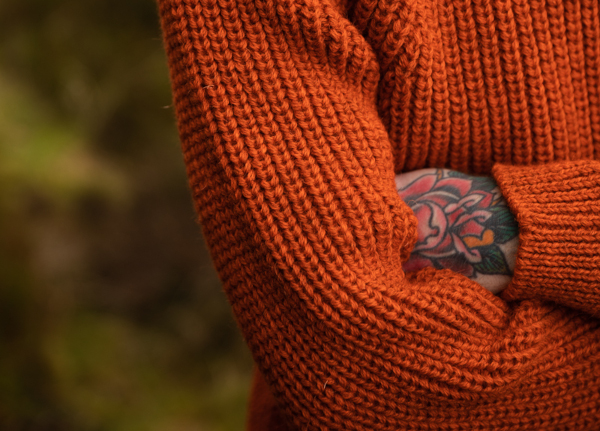 The return of local, natural fabrics and low-impact clothing
The return of local, natural fabrics and low-impact clothing
 Building back differently: peasant economics and heritage craft
Building back differently: peasant economics and heritage craft
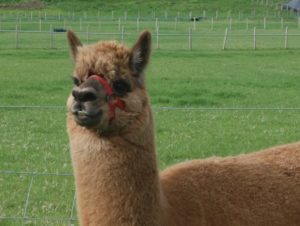 Alpacas
Alpacas
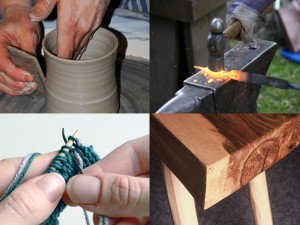 Craft production
Craft production
 Felt making
Felt making
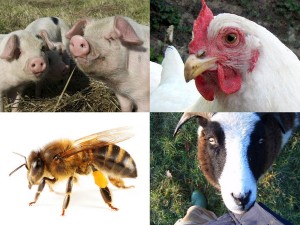 Keeping livestock
Keeping livestock
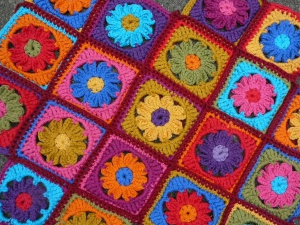 Knitting & crochet
Knitting & crochet
 Low-impact clothes
Low-impact clothes
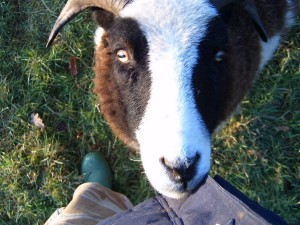 Sheep
Sheep
 Smallholding
Smallholding
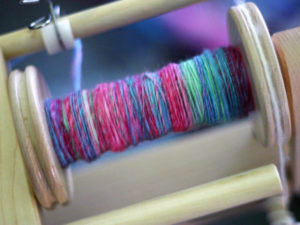 Spinning
Spinning


